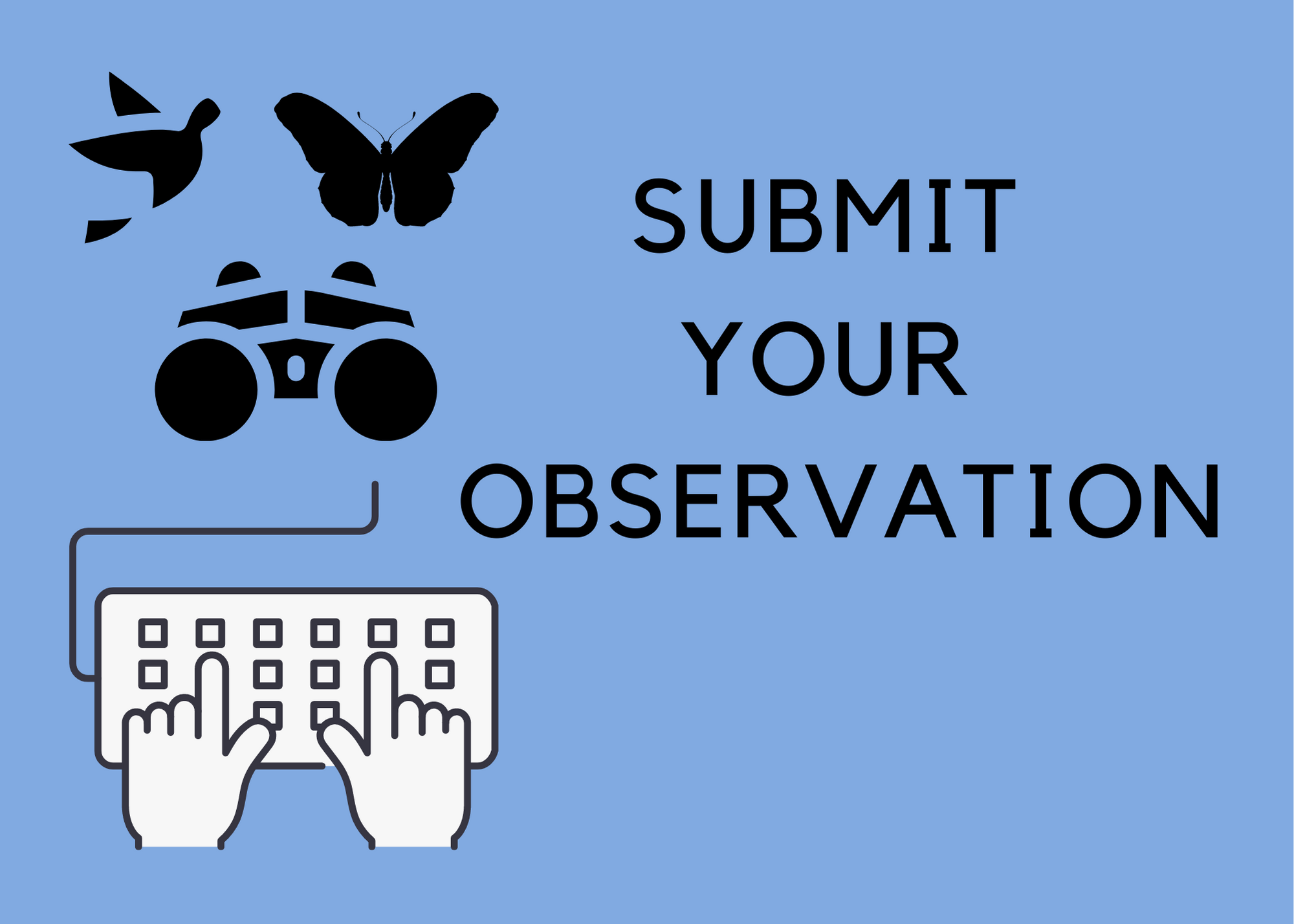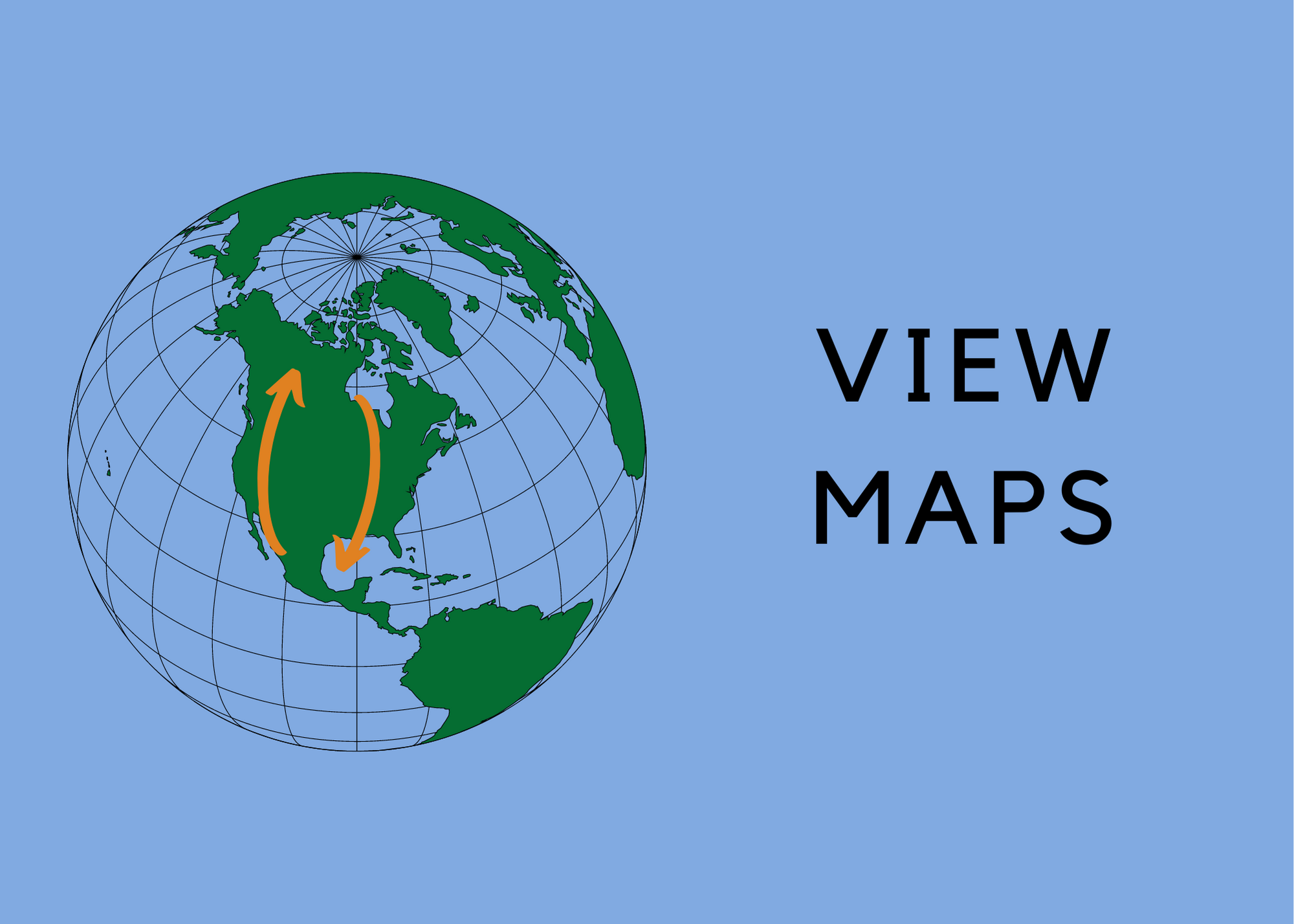Ruby-throated Hummingbirds reach northern range
It’s hard to believe, but June is nearly here, and with spring turning to summer, Ruby-throated Hummingbirds have reached the northern extent of their range.
While not everyone has seen their first hummingbird of the season, we can mostly put a bow on one of the most exciting, intriguing migrations, which sees millions of tiny birds that weigh as little as marshmallows travel from Mexico and Central America to the northern United States and southern Canada.
Our northernmost report of the season comes from Pierceland, Saskatchewan, on May 12, one of 15 reports of Ruby-throated Hummingbirds from the province to accompany a pair of reports from Alberta to the west.
In Eastern Canada, the map of Nova Scotia is covered with sightings, the first of which came from Chester Basin on April 30. Last year, our first report of a hummingbird from the province came on May 5.
“We were just talking about the hummingbirds and I looked over and there he was,” wrote Tina in Long Hill, Nova Scotia, on May 10. “He sat for a couple of minutes, had a quick drink, and then took off again. It’s a few days earlier than last year.”
It’s been a spring of early arrivals in Nova Scotia. On May 14, Patricia in Mill Village reported that a neighbor had seen a monarch butterfly nearby, writing, “This is very early for Nova Scotia.”
That’s for sure. Last year, we didn’t receive a monarch report there until May 30, more than two weeks later!
And apparently they’re not the only insects there.
“One male at [the] feeder today. So nice to see him. I hope he likes to eat black flies because we have millions right now,” Laurie in Glen Haven, Nova Scotia, wrote on May 13 when reporting a Ruby-throated Hummingbird.
With that, we’ll transition back to hummingbirds. Enough about insects, even if we do really like insects (even the Black Flies).
What are hummingbirds feeding on?
Each year, hummingbird enthusiasts wonder when to put out their hummingbird feeders, but it takes more than a feeder to sustain hummingbirds. Adequate cover to rest and nest and insects and flowers to feed on are likely more important.
With that in mind, let’s check on some of the flowers that hummingbirds are feeding on, which also provides us an opportunity to remind Journey North users that they can report hummingbirds nectaring from flowers all summer long!
Fuchsia has been a popular answer, including from Frank in Itasca, Illinois, who reported a male hummingbird at a hanging basket on May 16. In Merrimack, New Hampshire, Richard reported a hummer visiting fuchsia as well.
Melania in Arlington, Virginia, reported a hummingbird “checking the honeysuckle” on April 28 and Bill in Lexington, Kentucky, reported one on April 20 on firecracker bush and quince.
“I had 3 Ruby hummingbirds trying nectar on the Major-wheeler Honeysuckle vine. There were 2 males and 1 female. The chase started then one male left. The remaining male kept chasing the female around the Honeysuckle vine,” reported Amy in Newburgh, Indiana, on May 3.
Hummingbirds love honeysuckles, and we do too. Their trumpet-shaped flowers are pretty to look at and great for feeding hummingbirds. One important note is that I am not talking about Japanese Honeysuckle, an aggressive, invasive plant whose planting is very much not advised.
On May 14 in Minneapolis, Mary reported a hummingbird on lantana, native Red Columbine, and buckeye, as well as catching insects.
Seeing hummingbirds on your flowers? Let us know!








